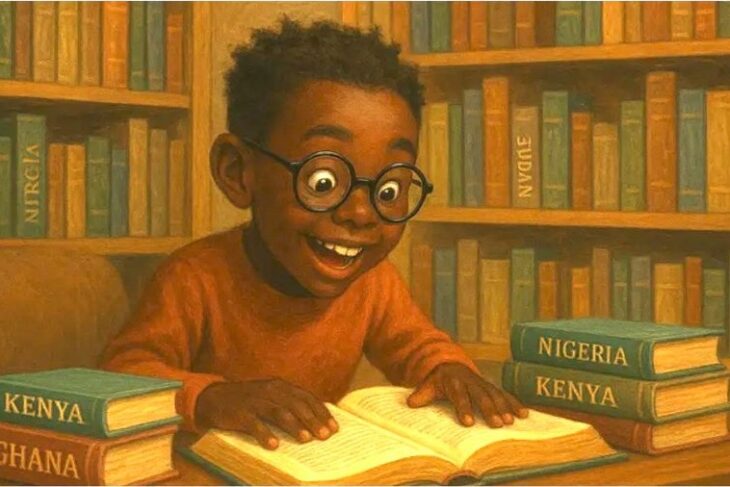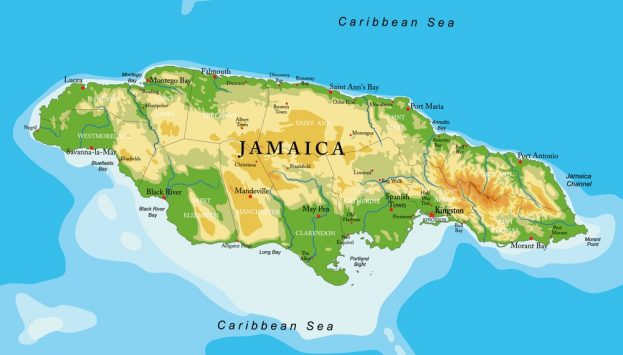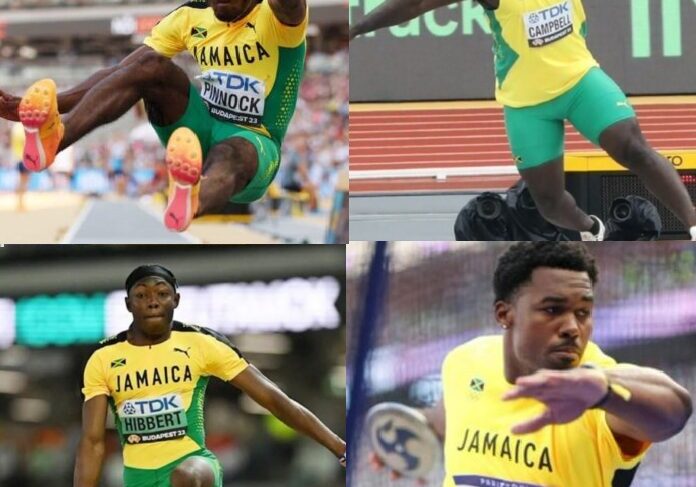
 In Part 1 of Walk-Foot People Matter, I highlighted the hazardous conditions under which pedestrians are forced to operate, conditions created by the indifference as well as deliberate actions of governments: that is, of the state, its agencies and personnel.
In Part 1 of Walk-Foot People Matter, I highlighted the hazardous conditions under which pedestrians are forced to operate, conditions created by the indifference as well as deliberate actions of governments: that is, of the state, its agencies and personnel.
Too often, however, we displace onto politicians, government and the state, responsibility for failures we as citizens actively help to create. In ways we seldom acknowledge, we are the state and our prejudice, indifference, and injustice do not simply mirror the indifference and injustice of the systems by which we are governed: they feed it. This Part 2 of Walk-Foot People Matter, then, calls attention to some of the day-to-day disregard, discrimination, and violence that pedestrians encounter through the individual and cumulative actions of their fellow citizens.
A Who Rule?
Motorists rule! Drivers routinely turn across the path of walkers who are already in an intersection, cutting them off. This happens frequently with cars approaching from behind or in front and turning into side streets, shopping centres and driveways in situations when pedestrians supposedly have the right of way. If it occurs to them, drivers approaching from behind may honk their horn belligerently, as if to say, “Get out a mi ___ way!” In other instances, tooting the horn might be done with polite intent: “Sorry, I’m coming through, watch out.”
Male motorists are more likely to stop for women to cross the street (sometimes in the oddest places), though it must be noted that women otherwise walk in public under periodic threat of (unwanted) catcalls and assault. What pedestrians really need, however, are not these paternalistic gestures — to be given a “bly” — but to have their rights recognized and their safety accommodated just as car-driving citizens have theirs. Such routine violations of the rights and safety of pedestrians as I describe in Parts 1 and 2 of this article rarely if ever attract attention, reprimand or prosecution on the part of police officers.
While the media habitually pay attention to motor vehicle traffic, roads in need of repair, and malfunctioning signals, they pay little or no attention to the hazards pedestrians routinely encounter. We have daily traffic reports on radio, regular auto sections in the newspapers, irate letters to the editor about potholes, but seldom do we have sidewalk reports. We pander to those citizens whose practices are most environmentally destructive and ignore or actively discourage those whose carbon footprint is smallest.
Walk-foot people have it rough in other respects that those of us who routinely drive may seldom notice. When there is water on the roadways, they are at risk of being splashed by passing motorists. From April onwards through the summer months streets are baking hot, daytime temperatures average over 30 degrees Celsius, and streets feel even hotter because of the loss of trees. Just a few short decades ago, many of Kingston’s streets were shaded by trees that were planted along the sidewalks, or overhanging the fence lines of adjacent private properties. Hurricanes and human action by developers and individual property owners have drastically culled or severely pruned many of these trees to make room for construction, and for security and other reasons. The overall effect has been to make the streets of Kingston hotter, more unpleasant and visually austere.
Coupled with this new canopy-mutilated aesthetic, the city’s built environment now conveys far greater hostility towards the walk-foot citizen. The construction of higher and higher perimeter walls, often topped by razor wire, has created militant, regimented public spaces and corridors that not only preclude the visual gaze, but cut off the possibility of even passing social contact between those on either side of the barrier.
Viewed from the walker’s perspective, once-pleasant streets like Kingsway, for example, have become walled corridors: bland, forbidding, and hostile. So too the way we fashion and use our cars — windows deeply tinted and tightly rolled up — mimics the barriers to social contact we’ve created with those threatening fence lines.
The indignities and acts of discrimination faced by the pedestrian citizen constitute forms of what scholars now call structural violence: a concept that refers to the routine, but often unnoticed, ways in which social institutions as well as more powerful minority or majority groups impede and harm others, preventing them from accessing opportunities and from meeting basic human needs. As this brief, pedestrian’s-eye survey shows, walk-foot people are constantly disrespected and subjected to structural violence by the state and by their fellow citizens of all ranks and backgrounds.
Another commonplace instance of entrenched though disregarded structural violence is of course the language discrimination that speakers of Jamaican Creole confront in education, the legal system and other institutional contexts, as well as in everyday social settings. Linguists and other scholars have long pointed to the disabling consequences of this willful disregard of the Jamaican language.
Professor Hubert Devonish, for example, writing in the Sunday Gleaner, noted that the vast majority of Jamaicans (83%) speak Jamaican as their home language and that fewer than 50% of us have the ability to use both English and Jamaican (Devonish 2016). He cited a UNESCO study as well as studies done in neighboring Haiti, which show that learning outcomes are considerably improved when the language of instruction in school, at least in the formative early years, is the same as the language children use at home.
Devonish pointed out that in the Haitian study, conducted by MIT Professor of Linguistics Michel DeGraff, “The research… established that the use of the mother language produced children much better at their content subjects than those who learnt them in French.” He noted further that: “The mother language pupils were also superior in the learning of French.”
Or, as Professor Carolyn Cooper noted in her succinct summary of the report put out by UNESCO to mark International Language Day in 2016: “Di report seh when pikni go a school, teacher fi teach dem eena language weh di pikni dem understand” (Cooper 2016). In spite of the weight of the evidence based on both local and international research, we continue to penalize speakers of the Jamaican language and to impede the learning potential of most Jamaican children by adamantly resisting recognition of their home language.
My title, ‘Walk-Foot People Matter’, alludes, of course, to “Black Lives Matter,” the clarion call of a movement calling renewed attention to the racism still very much present in the United States. Many among Jamaica’s now largely black elites, though readily supporting the aims of “Black Lives Matter” in the U.S, would be chagrined at the suggestion that we too also continue systematically to discriminate against our fellow citizens. As I have shown here, however, and as others have pointed out in relation to the denial of the Jamaican language and in other respects, these barriers continue to be resolutely maintained in Jamaica over six decades after Independence.
Professor Devonish implies in his article that we ought to be astonished and outraged that many of these indignities are imposed not on a minority population, but on a majority of underclass Jamaicans. I would add only that we ought to be sufficiently outraged to act.
References
Cooper, Carolyn. 2016. “Not a Word on Mother Language Day!” Sunday Gleaner, 20 March 2016.
Devonish, Hubert. 2016. “End Prejudice Against Patois.” Sunday Gleaner, 6 March 2016.
— “Walk-Foot People Matter” was first published in Social and Economic Studies 65(4): 123-129 (2016).



